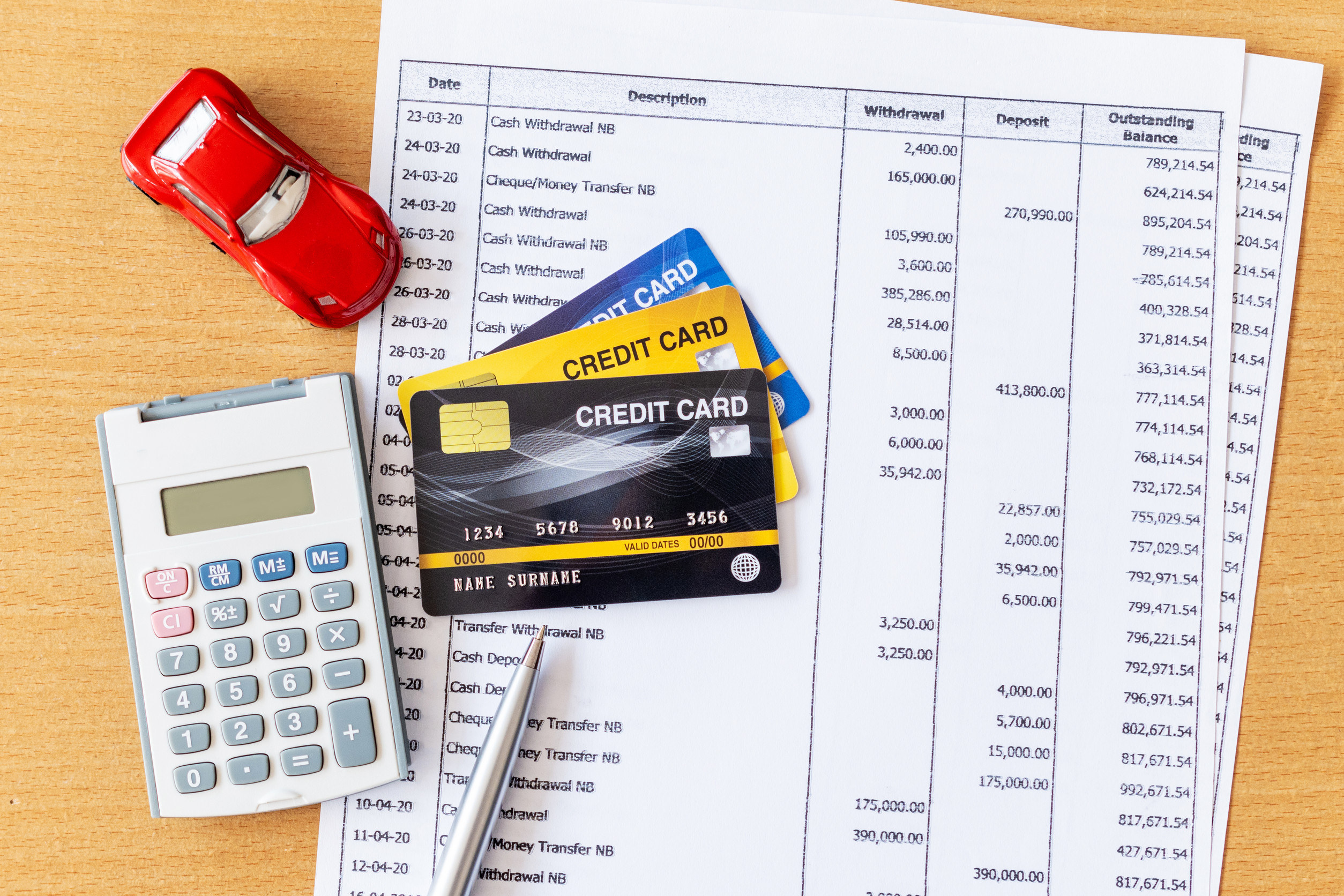
Debt can feel like quicksand—every move seems to sink you deeper, and the more you struggle, the harder it gets to climb out. That’s why so many people cling to anything that promises relief, even if it looks too good to be true.
Unfortunately, scam artists know this, and they’ve gotten crafty at dressing their traps in professional suits and polished websites. They use friendly words like “relief,” “forgiveness,” and “consolidation” to reel people in, only to leave them broke and frustrated. The scams are subtle, sneaky, and often hide in plain sight, which makes spotting them all the more important.
1. The “Guaranteed Approval” Trap
If a company promises guaranteed approval for debt relief without even reviewing your financial situation, that’s a huge red flag. Real debt relief programs require assessing your income, credit, and ability to make payments. Scammers play on desperation by dangling certainty, but what they’re really offering is smoke and mirrors. Victims often hand over upfront fees only to realize there was never any plan in place to begin with. By the time reality hits, the scammer has vanished with their money.
2. The “Too-Good-To-Be-True” Settlement Pitch
Some scams lure people in with promises of slashing debt by 70 or even 80 percent instantly. While legitimate negotiations with creditors can reduce balances, results vary and take time. Scammers, however, love to make big claims that defy logic just to grab attention. They bank on the hope that people are desperate enough to believe the impossible. Once fees are paid, the dream of a massive discount disappears, leaving victims worse off than before.
3. The Phantom Government Program
Shady companies often masquerade as official government agencies offering “exclusive” debt forgiveness programs. They use names that sound like federal relief initiatives, sprinkle in patriotic logos, and make it feel official. In reality, the government doesn’t cold call or email people with these offers. It’s just another ploy to gain trust and collect personal information or payments. People end up sharing sensitive data with con artists pretending to be the cavalry.
4. The “Immediate Action Required” Pressure Play
High-pressure sales tactics are a favorite tool of scam artists. They tell people they must act “right now” to lock in a deal, hoping urgency overrides careful thinking. Real debt relief companies will never rush people into signing contracts on the spot. The rush is there to keep people from asking questions or checking legitimacy. Falling for the pressure often means agreeing to something shady without fully understanding the consequences.
5. The Hidden Fee Hustle
Scammers often hook people with promises of low monthly payments, then bury outrageous fees deep in fine print. These charges may be disguised as “processing” or “administrative” costs. Legitimate debt relief programs are upfront about fees and clearly explain them. The scam version, however, works like a financial landmine—harmless until it suddenly drains an account. People sign up thinking they’re paying off debt, but in reality, most of their money goes straight into the scammer’s pocket.
6. The Credit Repair Cover-Up
Some scammers pose as credit repair services that secretly pitch debt relief programs in the background. They promise to erase negative marks, boost scores, and wipe the slate clean overnight. Then, they transition into pushing overpriced or fraudulent debt solutions. Real credit repair takes time, honesty, and compliance with federal law, none of which matter to these scammers. Their aim is to hook people with a credit fix and then bleed them dry with bogus relief plans.

Always Stay Sharp & Always Stay Safe
Debt relief scams thrive because they target people when they’re vulnerable and hopeful. The trick is recognizing the red flags before they turn into financial nightmares. No legitimate company will guarantee miracles, rush people into decisions, or hide critical details in the fine print. Staying skeptical and asking tough questions is the strongest shield against these subtle scams.
Have thoughts on debt relief scams or tips for spotting them? Drop a comment and share your perspective.
You May Also Like…
7 Funeral Expense Plans Women Never Realized Could Be Debt Traps
8 Popular Finance TikToks That Just Lead to More Credit Card Debt
7 Forms of Emotional Spending That Fuel Debt You Can’t See
8 Debt Consolidation Tactics That Lock Borrowers Into Years of Trouble
How Debt-Cleanup Apps Push Paid Loans Under the Hood
The post 6 Subtle Scams That Disguise Themselves as Debt Relief Programs appeared first on Everybody Loves Your Money.







